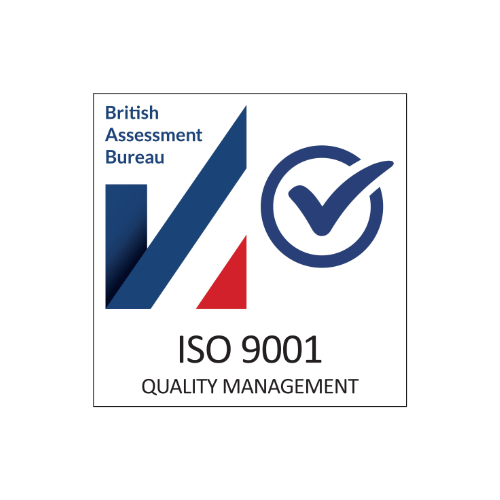What does it mean if a property is vacant?
What is classed as Vacant Property?
Vacant property is a term used to describe real estate that is not currently occupied by a tenant or owner. This type of property can include land, buildings, and other structures that are not currently in use. Vacant properties can be found in both urban and rural areas, and can range from single-family homes to large commercial properties. In some cases, vacant properties may have been abandoned or left unoccupied for an extended period of time.
Understanding the Different Types of Vacant Property
Vacant property can be divided into two main categories: residential and commercial. Residential vacant property includes single-family homes, condominiums, townhouses, duplexes, and other residential structures. Commercial vacant property includes office buildings, retail stores, warehouses, industrial parks, and other commercial structures.
The Benefits of Investing in Vacant Property
Investing in vacant property can be a great way to generate income and build wealth over time. Vacant properties are often available at discounted prices due to their lack of occupancy or maintenance needs. This makes them attractive investments for those looking to purchase real estate at a lower cost than traditional occupied properties. Additionally, investing in vacant property can provide investors with the opportunity to develop the land or structure into something more valuable than it was before they purchased it.
Managing Risks Associated with Vacant Property
Although investing in vacant property can be profitable for investors, there are also risks associated with this type of investment that must be managed carefully. These risks include vandalism and theft of materials on the premises as well as potential legal issues related to zoning regulations or building codes that must be followed when developing the property. Additionally, investors should consider the cost of maintaining the property while it is unoccupied as well as any potential liabilities associated with owning an unoccupied structure such as liability insurance costs or taxes owed on the land or structure itself.
Conclusion
Vacant properties can provide investors with an opportunity to purchase real estate at discounted prices and develop it into something more valuable over time. However, there are risks associated with investing in vacant property that must be managed carefully in order to ensure a successful investment experience. By understanding these risks and taking steps to mitigate them appropriately, investors can maximize their chances of success when investing in vacant properties.










-2.png?width=500&height=500&name=Untitled%20design%20(1)-2.png)